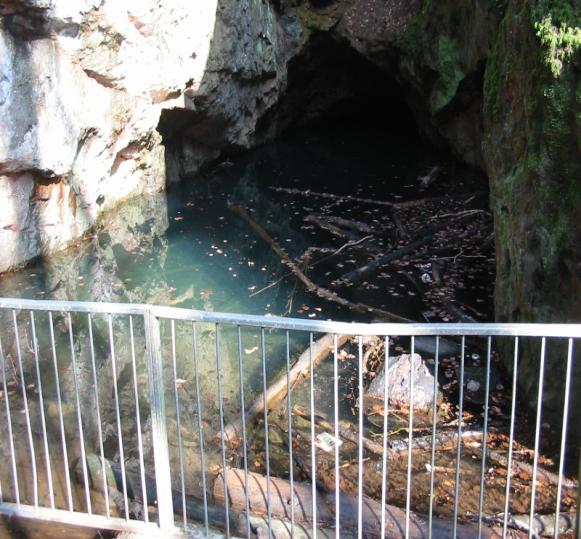Small domestic surface water supply – Risk assessment and Notice
The supply in this case study is a small supply that serves two domestic dwellings. The dwellings are owner occupied, but the land where the source is located is owned by the local authority and the distribution network crosses Forestry Commission land. Unlike many small supplies, in this case there was a history of annual monitoring because of the presence of a rural estate office, however, since closure of the office, the supply had reverted to a small supply. A planned sample (Regulation 10) contained coliform bacteria. The finding of these indicator organisms requires an investigation by the local authority (Regulation 15). The approach taken was to notify the owners that a risk assessment would be carried out to enable advice to be given on the nature of any hazards, the effectiveness of the existing arrangements to protect water quality (risk mitigation) and the need for any additional safeguards.
The risk assessment identified uncontrolled hazards in relation to the water source (a lake in the bottom of a limestone quarry) which feeds a large storage chamber in the woods. The distribution pipes buried at a shallow depth pass through the woods to the domestic dwellings. There is abundant wildlife in proximity to the network and there is no water treatment in place contrary to past recommendations by the local authority.

There was historical information showing that E.coli had been detected in past samples confirming the source was at risk of containing pathogens due to contamination with faecal matter. The risk assessment informed by the monitoring information demonstrated that the supply posed a potential danger to human health enabling the local authority to issue a Regulation 18 Notice. The Notice, which was served on both owners, documented the risks and restricted the supply (so that all users were made aware of how to safeguard their health by boiling water before use or using bottled water). The Notice also set a timescale by when the owners should provide a proposal for permanent improvements to the supply (disinfection) to enable unrestricted use. Other advice, about the need for the supply to be maintained and the performance of any treatment monitored by the owner was given in an advisory letter rather than in the Notice because this is now a small domestic supply where the owners will be in control of the treatment. There was no appeal by the owners in relation to this Notice.
This case study illustrates how the risk assessment approach in the new private water supply regulations can be used as an effective tool for investigating unsatisfactory monitoring results, providing robust evidence as to whether or not a supply poses a risk to human health and warrants action. It also illustrates how the revised Notice powers available to local authorities in the new regulations can be used straightforwardly to encourage health-based action to be taken; it should be noted that even though E.coli was found in tests under the previous 1991 regulatory regime nothing was done. Under the previous 1991 regulations, enforcement by the local authority was discretionary and therefore not prioritised.
